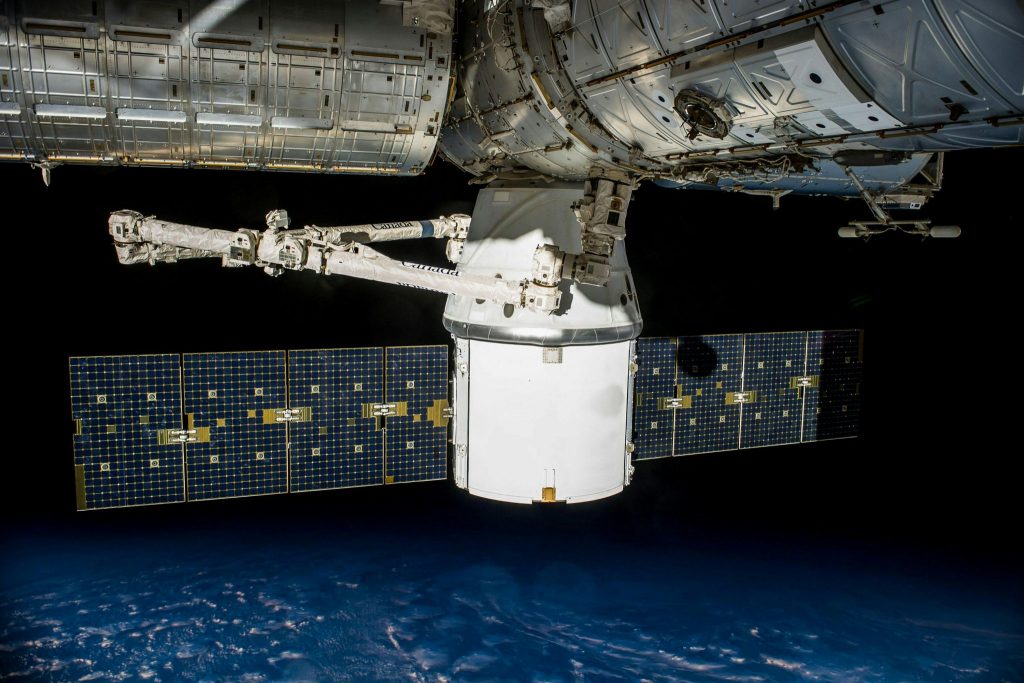Ah, space. The final frontier. The home of stars, galaxies, and apparently… a ridiculous amount of human rubbish. While we’re down here trying to save the turtles and sort our recycling like responsible earthlings, we’ve somehow managed to turn Earth’s orbit into the universe’s least romantic setting.
Imagine you’re floating through the cosmos, stargazing with your crush, when—bam! A rogue satellite zooms past like your toxic ex crashing a date. Mood: ruined.
This National Astronomy Day let’s talk about the real tea: space junk is real, it’s messy, and no, it’s not cute. But don’t worry — this blog isn’t here to bum you out. It’s here to spill the cosmic beans on how we got here, what’s actually floating up there, and how we can be better cosmic citizens… all without needing a NASA badge or a telescope.
What is Space Trash (And Why is it the Main Character)?
Space trash, aka orbital debris, is basically all the random human-made stuff that’s been left behind in space — and no, we’re not talking about your ex’s emotional baggage. We’re talking about broken satellites that gave up on their 9–5, rocket parts just… vibing up there forever, tools astronauts accidentally dropped (yes, that happens), and even paint flakes. Literal. Paint. Flakes.
And it’s not just sitting up there, either. These fragments are zooming around Earth at speeds over 17,000 miles per hour. That’s faster than your reply to a “we need to talk” text. At those speeds, even something as small as a fleck of paint can pack a serious punch — enough to damage spacecraft, satellites, or even the International Space Station. It’s like cosmic dodgeball, but the balls are made of metal, and no one’s really winning.
TL;DR: Space trash = dangerous, fast, and not biodegradable. It’s like the worst kind of ex — always around, causing problems, and impossible to get rid of. You can’t ghost it, and blocking it isn’t really an option either.
And the numbers? Not cute. According to NASA, we’re currently tracking over 25,000 large pieces of debris. That’s like 25,000 flying hunks of metal in Earth’s orbit. Add to that around 500,000 marble-sized bits and millions — yes, millions — of tiny, untrackable particles, and you’ve got a glitter cloud of chaos circling our planet. Except this glitter is sharp, fast, and ready to crash your party (and your satellite).
The worst part? Space trash doesn’t just disappear. There’s no cosmic vacuum cleaner. Most of this stuff will stay in orbit for years, decades, or even centuries. It poses a real risk to space missions — both current and future ones. Every time we send something new up there, we have to play a dangerous game of “will it hit something?”
So yeah, space isn’t just full of stars, dreams, and galaxies far, far away. It’s also full of our mess — a floating scrapyard of our space-age leftovers.

What’s Being Done to Clean Up Space Trash?
The space trash situation is definitely not something we can ignore, but there are some cool projects underway to tackle it. Active Debris Removal (ADR) is one major approach, with companies like Astroscale developing technologies that can physically grab or push space junk into lower orbits, so it burns up safely in Earth’s atmosphere. Some new satellites are even being designed with the ability to “dock” with dead objects and guide them down. Researchers are also exploring laser technology, using ground- based lasers to gently push debris out of orbit — it sounds super sci-fi, but it’s slowly becoming reality. Another idea on the table is electrodynamic tethers, which are long cables that create drag to lower debris’ altitude until it burns up. Finally, spacecraft design itself is improving, with more missions focusing on building equipment that leaves less trash behind or can self-destruct safely after completing their jobs. Step by step, these innovations are starting to tackle the giant glittery mess we’ve left floating around up there.
So, what can we actually do about it?
Glad you asked. Here’s your game plan for being part of the solution (even from right here on Earth):
Support sustainable space policies: Not as boring as it sounds, promise. Right now, there are actual space laws and guidelines being created about how we deal with junk floating around in orbit. (Finally — someone is putting “taking out the trash” into official documents.) These rules decide things like who’s responsible if a satellite crashes into someone else’s satellite, or how future missions should clean up after themselves.
If you ever see a petition, a public consultation, or even just a way to vote for people who give a hoot about space sustainability — get involved! It’s not just about Earth anymore; it’s about keeping the entire orbit clean and safe for future generations.
Push for sustainable tech design: If you’re diving into STEM or even if you just love building things in your garage — you’re exactly the kind of person space needs. Designing stuff with sustainability in mind isn’t just an Earth problem anymore.
Think about spacecraft that can safely deorbit themselves when they’re done, instead of hanging out in orbit forever like forgotten shopping carts. Or satellites that are built tough enough not to explode into thousands of tiny death particles if something goes wrong. Super cool, right?
Companies and space agencies are desperate for creative minds who care about the full life cycle of a mission — not just the exciting part where it gets launched. If you’re someone who asks, “But what happens after?” when designing things, congratulations: you’re already thinking like a sustainable space innovator.
Pro tip: Check out future-focused organisations like Astroscale (Astroscale, Securing Space Sustainability), which is literally working on making spacecraft that can clean up space junk and retire safely.
Support innovation and recycling — but like, for space: Believe it or not, companies are now working on satellites made out of biodegradable materials — basically space tofu. Instead of adding to the endless junk party orbiting Earth, these next-gen satellites are designed to break down safely once they’re done with their job. How smart is that?
Initiatives like ClearSpace – A mission to make space sustainable are leading the charge, creating tech that can actively capture and remove debris, as well as building satellites with recycling and self-cleanup in mind. They’re basically trying to turn the chaotic orbital graveyard into a clean, sparkly neighbourhood again — no more rogue rocket parts crashing the party.

Advocate for “space clean-up days”: Imagine Earth Day… but for space. Some organisations are pushing hard for regular orbital cleanup missions — like giant recycling days, but instead of picking up litter at your local park, they’re grabbing rogue satellites and lost rocket parts out of orbit. How cool is that?
Groups like the European Space Agency are leading the way, creating plans for missions that actually go up there and clean stuff. It’s like sending the universe its own professional cleaning crew.
Public support really matters here — when more people care (and get loud about it), governments and companies are way more likely to throw serious funding behind these efforts.
Want to flex your inner space nerd? Keep an eye out for ESA events, free webinars, or online talks — sometimes they run virtual sessions you can join to learn all about their newest cleanup missions. Major bonus points for telling your friends you attended a space debris webinar for fun. (Trust me, it’s a top-tier nerd flex.)
Talk about it (and not just to your cat): Most people don’t even realise space junk is a thing. Time to change that. Next time your group chat dies, or there’s an awkward silence at a coffee shop, casually drop a “Did you know there’s literal trash flying around Earth at 17,000 mph?” Trust me — you’ll sound very cool and a little mysterious.
Post about it, meme it, rant about it at brunch — whatever fits your vibe. The more people who know, the more pressure there is to actually fix it.
And honestly? Knowing about “orbital debris” is like having a secret weapon for random conversations. Bonus points if you turn it into a meme and it blows up.
So yeah — space trash really is the worst kind of ex: messy, clingy, and just won’t take the hint. But unlike that emotional baggage from 2016, we actually can do something about this one. Whether it’s supporting cleanup missions, designing smarter satellites, or just spreading the word, every little effort counts. The universe deserves better than floating breakup leftovers.
Let’s clean up our cosmic act — and maybe, just maybe, make space a little less dramatic.
If this made you side-eye your satellite dish, leave a comment — space gossip is welcome here.
By Amitheesha Ganesh, SGO Projects Officer
 Sustainability
Sustainability Bethany Climpson
Bethany Climpson 660
660


